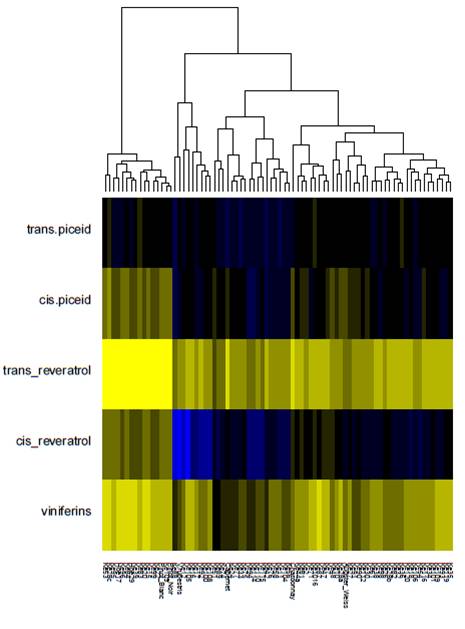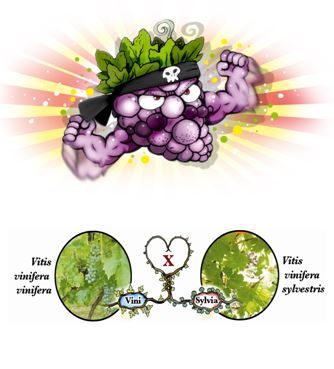Protect and Exploit: Our Wild Grape Project
What is the motivation for this research?
We work for Sustainable Viticulture based on evolution biology. From a conservation project for the almost extinct European Wild Grape (the ancestor of our cultivated grapevine) we have developed a precious genetic resource that now is available for the breeding of disease resistant varieties.
How did this idea develop?
Grapevine is prone to numerous diseases requiring intense plant protection. For instance, viticulture accounts for some 70% of European fungicide consumption. Most pathogens, such as Downy Mildew (Plasmopara viticola) have evolved together with wild grapes in North America that can cope with this disease. But there is more beyond disease: climate change brings new challenges such as drought or soil salinity. But, evolution has already solved many problems. Can we get a glimpse of nature's miracle box?
For this purpose, we have assembled in the Botanical Garden an extensive collection of wild grapes from all over the world and investigate, by which strategies these often resilient plants can overcome disease and which specific gene variants are relevant for this resilience. As most valuable treasure, we have established a collection of the European Wild Grape that represents the entire genetic diversity still existing in Germany. Research with these grapes has led us to some surprising results.
What is our vision?
We do not think that one miracle gene will master all problems. We rather think that we need a toolbox of gene variants that can be combined for different challenges. Our strategy of choice is molecular breeding, which is quite different from genetic engineering. Instead, the natural sexuality of plants is employed (wild and domesticated grapes are crossed in the conventional manne). However, one exploits the molecular knowledge that had accumulated by us and many colleagues in an international endeavour to find out, which of the offspring is the promising candidate for the next breeding step. Nevertheless, some patience is needed - grapes require several years to flower, such that the next step can be started. The offspring of our first crosses between wild and domesticated grapes is already growing and will be available in a few years for the next breeding step.


